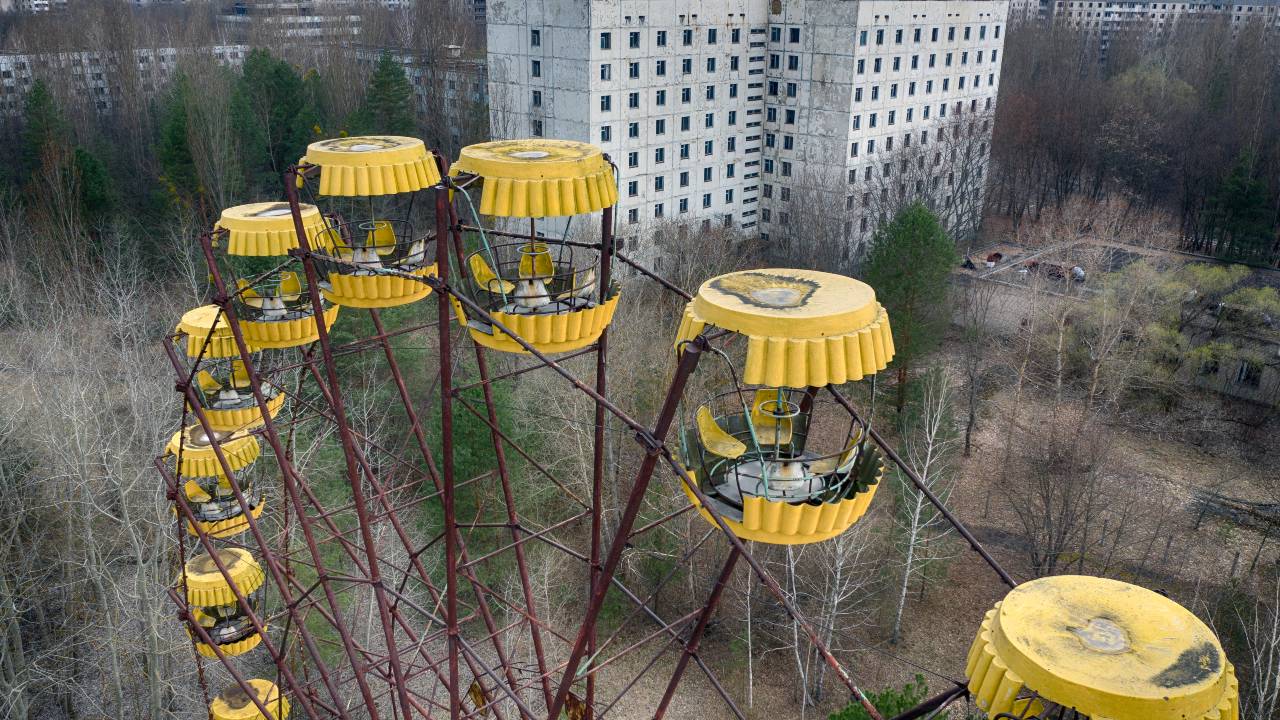
An abandoned carousel in Pripyat close to the Chernobyl nuclear plant. /AP/Efrem Lukatsky
An abandoned carousel in Pripyat close to the Chernobyl nuclear plant. /AP/Efrem Lukatsky
Around 95 percent of wild mushroom samples collected in Germany in the past six years still showed radioactive contamination from the 1986 Chernobyl nuclear disaster, albeit not above legal limits, according to the German food safety regulator.
Elevated concentrations of caesium-137 and caesium-134 isotopes bearing the characteristic signature of the Chernobyl blast were found especially in southern Germany, the federal office for consumer protection and food safety (BVL) said.
However, none of the 74 samples tested exceeded the legal limit of 600 becquerels of radiation per kilogram.
READ MORE:
Chernobyl: A World Heritage Site?
Video: Chernobyl 35 years on
RAZOR: Wildlife at Chernobyl
The Chernobyl reactor, located in what is now Ukraine, spewed tons of nuclear waste into the atmosphere, spreading radioactivity across swathes of the continent and causing a spike in cancers in the more immediate region.
The BVL said the radioactive material lingered in forests because their ecosystems recycled nutrients so efficiently, meaning that wild mushrooms will show contamination for much longer than other agricultural products.
Concern over the long-term impact of nuclear disasters led to Germany's decision, shortly after the accident at Japan's Fukushima plant in 2011, to abandon it altogether as an energy source.
Source(s): Reuters

